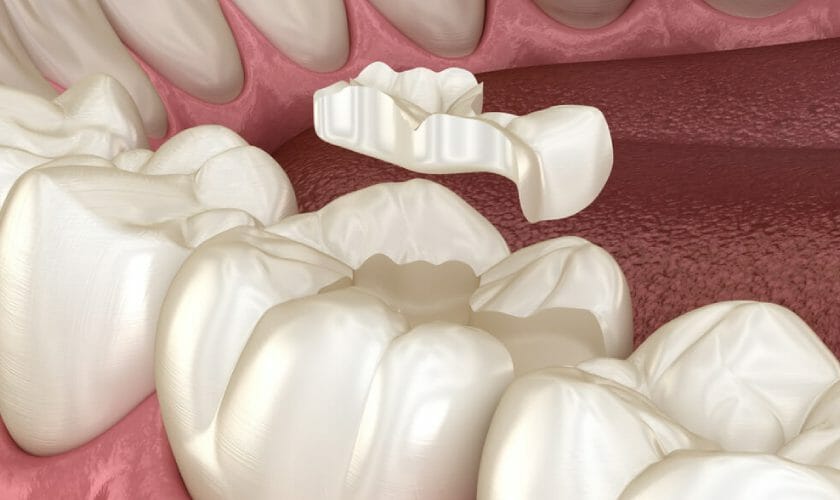To cure a cavity, your dentist will remove the decayed piece of the tooth and then fill the region on the tooth where the decayed material was removed. Fillings are also used to restore cracked or broken teeth, as well as teeth that have been worn down due to usage (such as from nail-biting or tooth grinding).
What Is a Cavity Filling?
A cavity is essentially a hole in the tooth. This is frequently caused by bacteria, which accumulates as a result of consuming unhealthy foods and failing to properly care for your teeth. Because symptoms usually appear when a cavity has progressed, you may not notice a cavity until it is too late. However, if you discover a cavity early enough, you may be able to reverse the tooth decay and avoid having to fill the cavity.
The following are the most prevalent indicators of a cavity:
- Tooth discomfort that occurs for no apparent reason
- Sensitive teeth
- When you eat or drink, you will experience moderate pain.
- Visible gaps in your teeth
- Discolouration of a tooth’s surface (brown, black, or white)
A cavity filling is when the dentist uses a substance to fill the opening in your tooth. The goal is to alleviate your problems while also making the tooth more visually beautiful.
The Procedure for Cavity Filling
To assist you to prevent pain, your dentist will apply a local anaesthetic, which numbs the region being treated but does not put you to sleep. You’ll be able to interact with your dentist because you’ll be completely awake during the process. Lidocaine is a common anaesthetic used during dental procedures. The anaesthesia is administered in three stages by your dentist, who will:
- Using a piece of cotton or a stream of air, gently dry out the interior of your mouth.
- To numb the gum tissue, dab some gel on it.
- The lidocaine is injected into your numbed gum tissue.
You won’t feel anything when the dentist works to remove your problematic tooth structure and fill your cavity once the treatment area is numb. The sensation you feel when the dentist injects the local anaesthetic is reduced by numbing the gum tissue. Surprisingly, the sting does not come from the needle. Instead, it’s a sensation caused by anaesthesia as it numbs your gums and mouth.
Types of fillings
There are several kinds of fillings, including:
-
Amalgam fillings –
An amalgam filling is a silver mixture of many metals, including copper, tin, and mercury. These fillings may be more suited to the back molars. The material is long-lasting and durable.
-
Composite fillings-
These are tooth-coloured fillings made of resin and glass.
-
Glass ionomer fillings-
These are tooth-coloured fillings consisting of powdered glass that adheres to the teeth. Fluoride is released by these fillings, which helps to prevent additional tooth decay.
-
Gold fillings-
The material is copper, gold, and other metal alloys. These are the most long-lasting fillings, lasting 20 years or more.
Composite and glass ionomer fillings are less long-lasting than amalgam fillings. They are, however, less apparent and do not contain heavy metals.
We hope this blog has given you a better understanding of Cavity Filling. A dental filling is used to cure tooth decay. A filling can prevent future damage, minimise the risk of pain and infection, and aid in the maintenance of general tooth health. Visit Kelly Dental if you want the best cavity filling service in SPRINGFIELD, MO.


